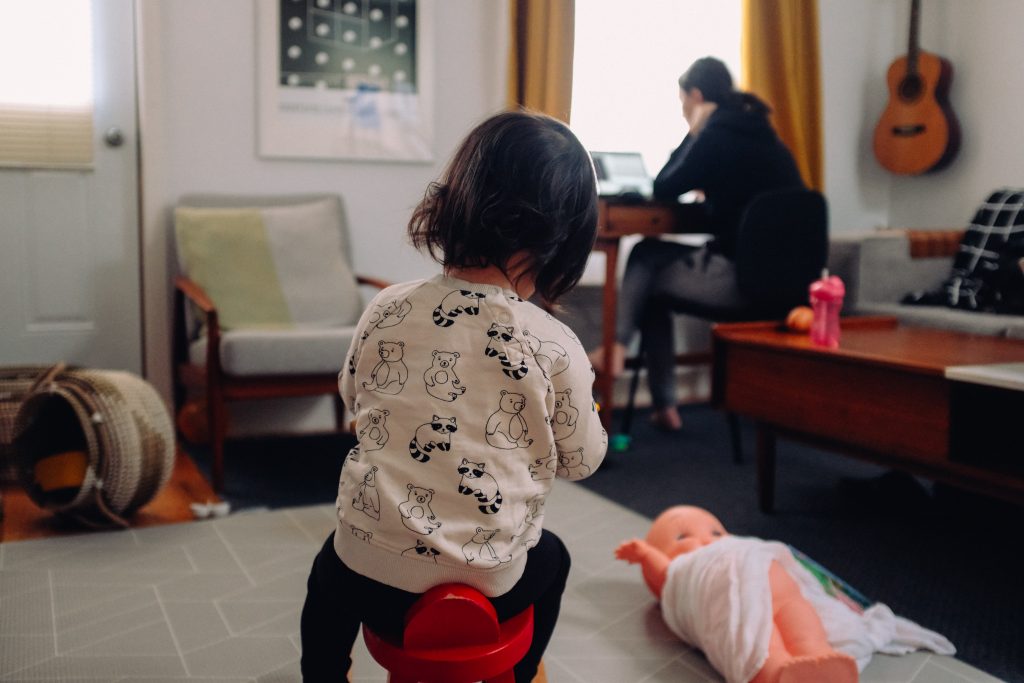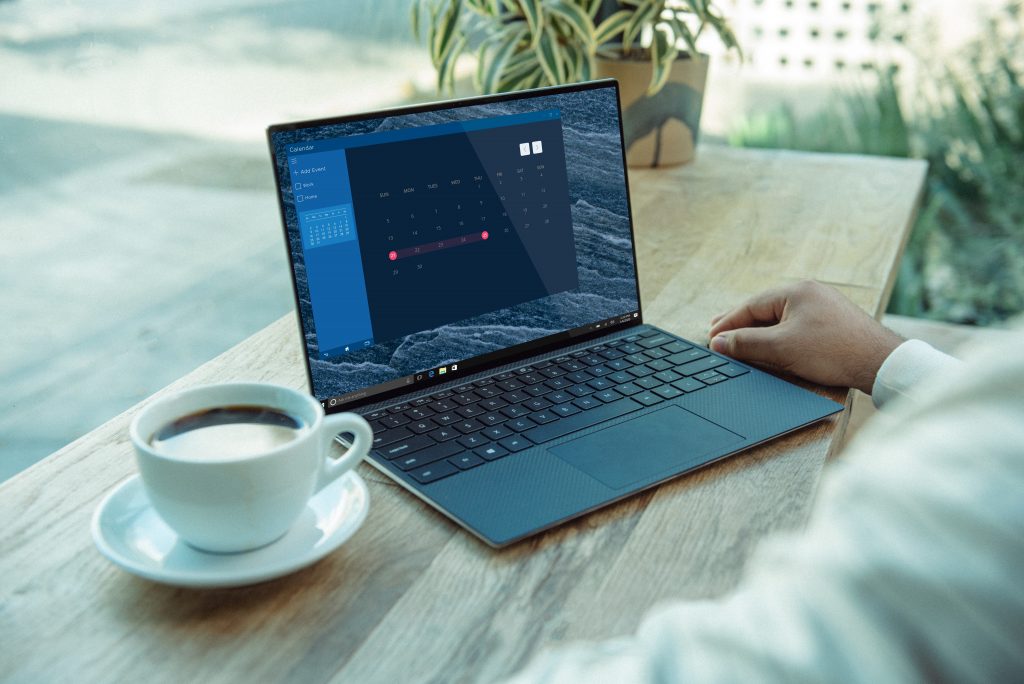More than a year and a half into the pandemic, the term ‘workation’ is no longer alien to the travel and tourism industry. A setting that lets you take a vacation without having to take time off work, this trend has gained immense popularity among travel enthusiasts. Naturally, the hospitality industry too, has had to keep up and adapt to these demands as efficiently as possible.
Though it’s been a while with the workation trend, there still isn’t complete clarity on its trajectory going ahead. As we’re hopefully emerging out of the pandemic, there have been mixed views about how long this trend will continue. In the meantime, here’s my take on this novel trend, and a glimpse into how we at goSTOPS upped our game to keep up with it.
Going Back In Time: The Beginning Of Workations
Remote working isn’t really a new concept, and people in different fields have had to work remotely at some point or the other. It’s always been an option, even though it hasn’t been one that people could actively opt for. Whether it’s for a new parent, or for homebound employees with inaccessible workspaces or commute (ahem, floods, anyone?), remote working has always been around.

The workation trend centers itself around the concept of remote working, with the pleasant pizzazz of travel added in. The pandemic forced people to adapt to remote working, and since they couldn’t ignore it, they decided to improvise. That’s when the idea of work + vacation, a.k.a workation, emerged as a global trend. Hostel chains, hotels, and homestays across the globe are donning a workation avatar, encouraging this trend to boost the travel and hospitality industries. And with the trial-by-fire year we’ve all had, heaven knows this boost is needed.
How Has The Pandemic Fueled The Concept Of Workations
Though the concept may not be relatively new, there’s no denying the fact that the pandemic has caused the workation trajectory to move upwards in a significant way. The severity of the situation forced people to be stuck to their tables and chairs at home. And though the traditional office setup also had most people confined to chairs, cubicles, and tables, at least they had the social company of their colleagues and peers. This sudden shift in the way people worked was certainly different, and as much as it had its good sides, it also had its bad.
The COVID-19 pandemic also brought a halt to all travel plans. Naturally, the first chance people got to merge work and vacations, they had to grab it. Because most companies sought a Work-From-Home (WFH) model, the workation trend gained further momentum. Interestingly, what was once available mainly to self-employed people had now become a perk for several other kinds of employees.

The pandemic had already tested people on a lot of levels, and the only thing people were looking for was some sort of balanced solution. A way to keep working and remain safe but also get that much-needed break and change of scenery. And then, the workation trend rose up to the occasion. It served as the ideal solution for working individuals who were craving a break from WFH and routine household chores.
Workations At goSTOPS
An Airbnb report stated strong Internet connection and proper hygiene as two important criteria that helped people determine where to go on a workation. And in terms of picking a destination, it’s places surrounded by nature and offbeat, peaceful locations that are preferred. Our travelers certainly know what they want, and we’re here to provide that, and much more.
The demand for workation-enabled stays was becoming increasingly clear. goSTOPS logged over a thousand leads related to workations from July 2020 to June 2021, and it was during this time that we ‘leveled up’. To keep up with their expectations, goSTOPS started offering #WorkAwayFromHome packages, perfect for people who wanted a change in their working atmosphere.
Along with dedicated working areas and high-speed WiFi, we’ve also got recreational zones and activities; after all, we’re all too familiar with the ‘all work and no play’ proverb. Guests can choose between 15 and 30-day packages which can be upgraded or extended. Throw in a couple of meal plans, reassure travelers with our goSTOPS 2.0 sanitization protocols, and we were on track with the trend.
The Future Of Workations
We’ve already witnessed a lot of changes brought about by the pandemic, and we could spend forever discussing the good, the bad, and the ugly of how it has all panned out. How long these changes will stay or what variations will come ahead is a mystery only time can uncover.
Some industry experts are of the opinion that the workation trend will continue as long as people opt for the WFH model. A few others believe that this trend might take a backseat once again when we get back to a pre-pandemic lifestyle.

One notable aspect of this trend is that it’s the millennials and GenZ in particular that are more likely to explore options combining work and travel. There’s certainly a possibility for upcoming generations to come up with new structures to continue workations, taking it from a trend to something more commonplace. And as it looks at the moment, the workation wave is at its peak and is here to stay at least for a while.


